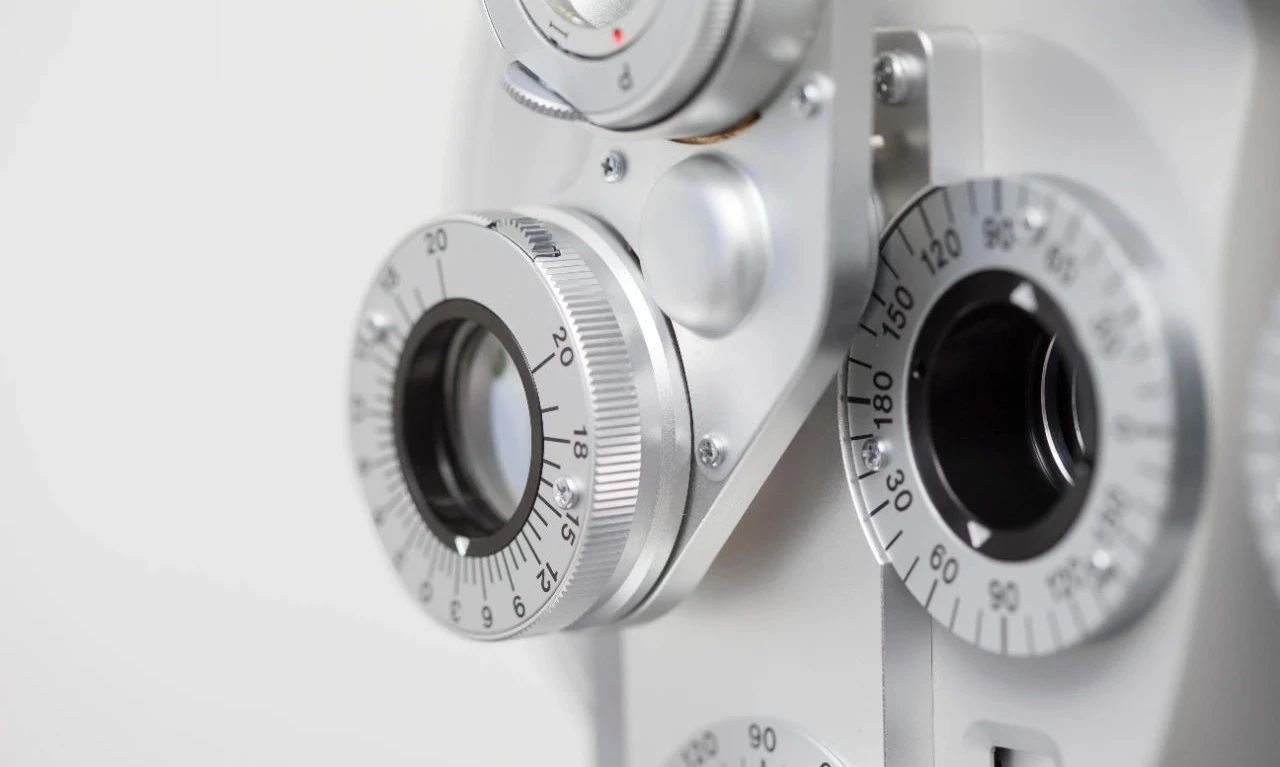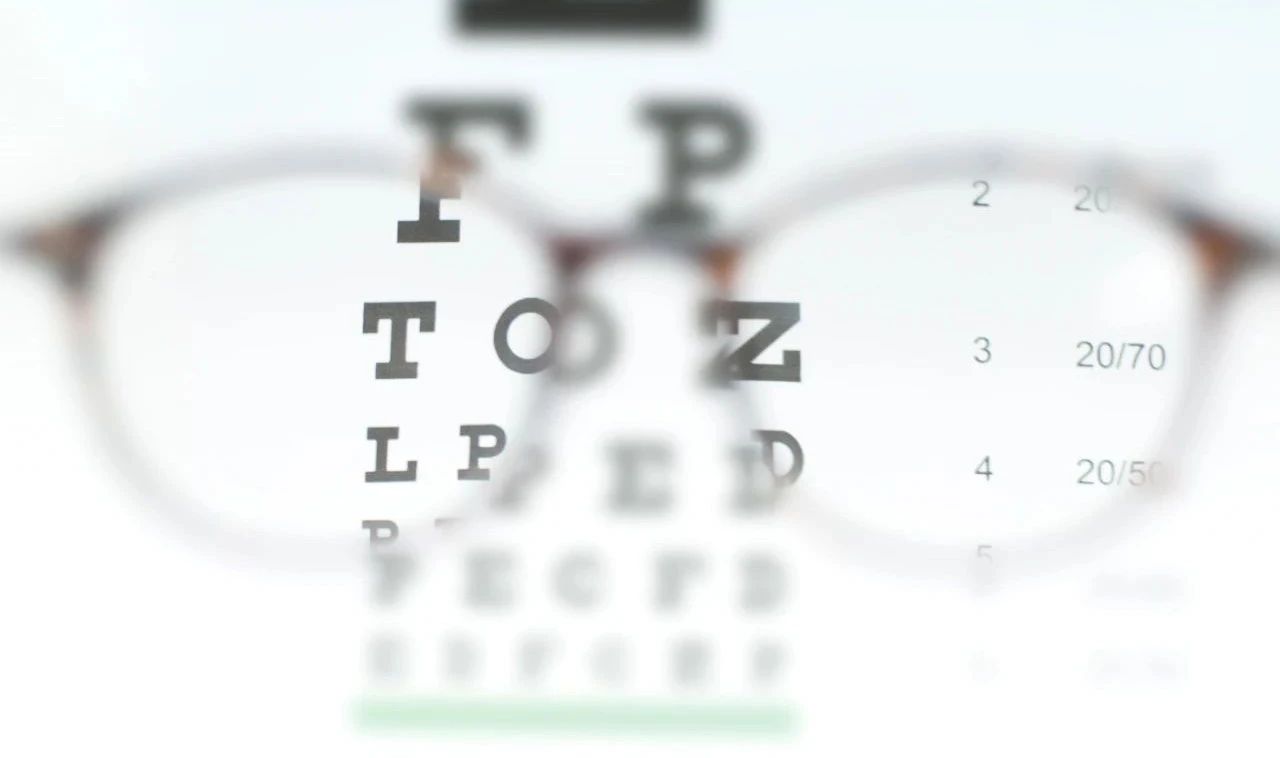Visual function examination is one of the important professional skills in optometry and glasses fitting, and it is also one of the professional skills that middle and senior optometrists and ophthalmologists must possess.
Since visual function examination is of great significance to the diagnosis of consumers' vision health, the methods of visual function examination have been enriched and developed. Hereby, several visual function examination methods are summarized for your reference.
NO.3 Accommodative flexibility test
Spherical mirror flipping method
The spherical mirror flipping racket consists of a pair of ±2.00 spherical mirrors installed on the flipping racket. The accommodative stimulation caused by two lenses of different degrees switches between 0.50D and 4.50D.
Operation steps:
① Correction of refractive error of the tested eye;
② Select the visual mark on the upper line of the best near vision of the tested eye, or a 20/30 visual mark card.
③ The person being tested holds the near vision mark card and places it 40 cm in front of the eyes.
④ Cover the left eye, first place the +2.00D flipping racket in front of the right eye, wait for the visual mark to be clear as the test starting point, then place the -2.00D flipping racket in front of the eyes, and start timing.
After the visual mark is clear, immediately place the +2.00D in front of the eyes, and then wait for the visual mark to be clear. At this time, the first switch is completed. Repeat the above switch and count the number of switches in 1 minute.
⑤ Use the same method to measure the accommodative flexibility of the left eye and the accommodative flexibility of both eyes.
⑥ Record the test results of accommodation flexibility. Normal value: 5-15c/min (both eyes).

NO.4 Convergence near point check
① The subject wears appropriate distance correction glasses, and a measuring ruler is placed next to the subject's trial frame or glasses frame, with the measuring ruler 0 position at the lens plane.
② Ask the subject to look at a single-row sight mark with both eyes, and move the single-row sight mark at a constant speed from 40 cm to both eyes.
③ Until the subject says that the single-row sight mark has double vision, read the distance at this time on the measuring ruler.
④ Measure the subject's distance pupil distance;
⑤ Record the distance from the point where the subject's single-row sight mark appears double vision to the binocular gyration point (13mm behind the cornea), which is the convergence near point distance.
⑥ Calculate the subject's convergence amplitude (normal value: 2.5-7.5 cm) based on the subject's binocular pupil distance and the detected convergence near point distance value.

NO.5 Convergence flexibility test
Operation steps:
① Completely correct refractive error;
② Insert the 3 prisms with the base facing inward and the 12 prisms with the base facing outward into the flip camera, and adjust the interpupillary distance of the flip camera.
③ Let the subject look at the 40 cm single-row sight mark, and place the 3 prisms with the base facing inward in front of the subject's eyes until the sight marks fuse into one row.
④ Switch the 12 prisms with the base facing outward and place them in front of the subject's eyes, and start timing.
⑤ Let the subject look at the 40 cm single-row sight mark with both eyes and try to fuse the image. After the binocular sight mark fuses, switch the 3 prisms with the base facing inward again until the binocular sight fuses, which is a switching cycle.
⑥ Measure how many switching cycles the tested eye completes within one minute.
⑦ Normal value for the population, normal binocular convergence flexibility is 12 to 18 times per minute.
we will attend the 2024 Beijing Optical Fair on Sep.10~Sep.12, welcome to our booth. You can know our products first, please check which items you are interested in and contact us freely. Now Summer is coming, Our photochromic lenses are hot sale , please find more details form our website. we also have RX preceitpion lens and so on.
Post time: Jun-21-2024

